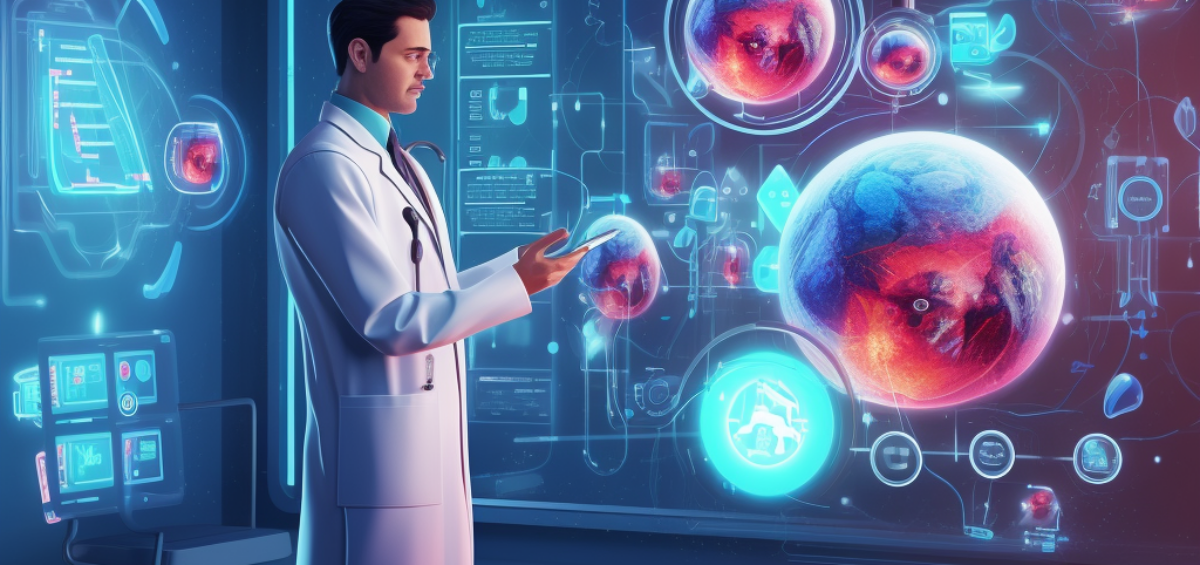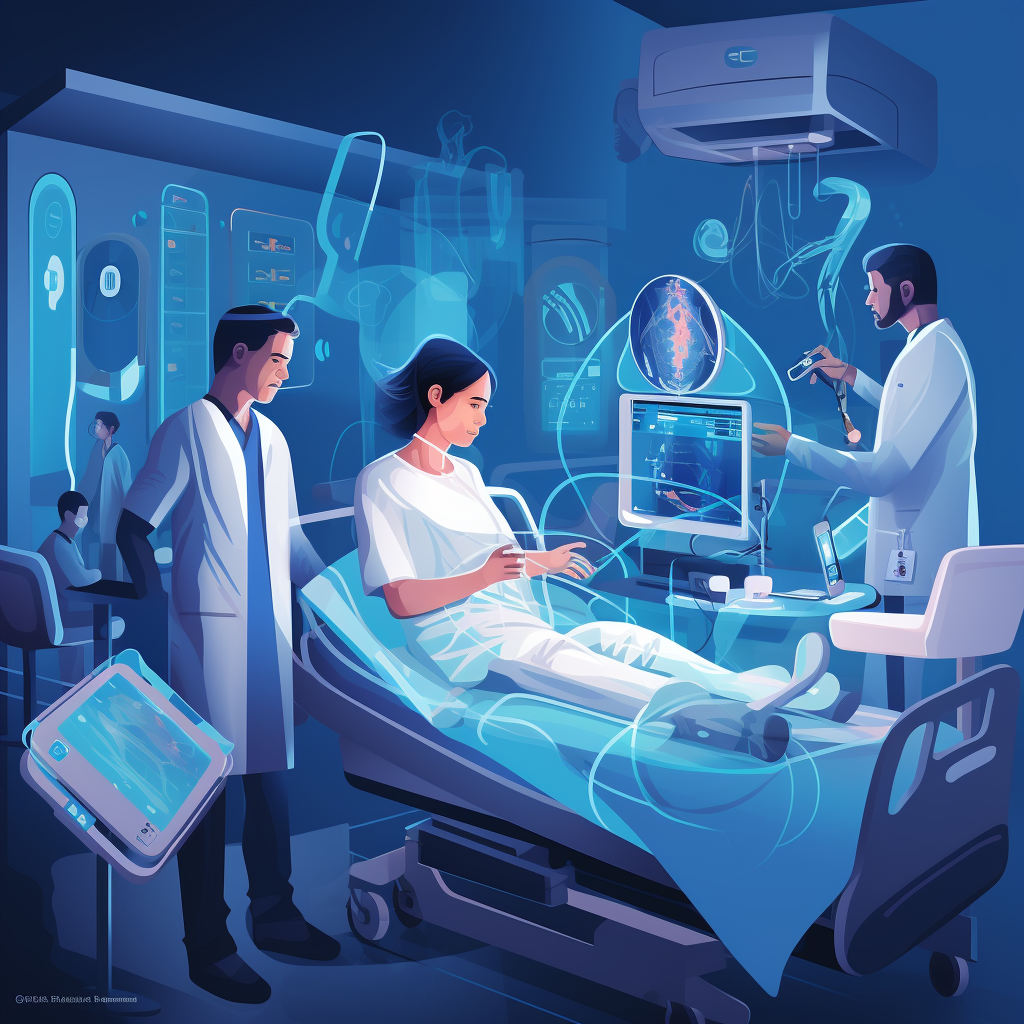 Visualizing Health: The Role of Animation in Medical Education
Visualizing Health: The Role of Animation in Medical Education
In the ever-evolving landscape of healthcare and medical education, the integration of cutting-edge technologies has become increasingly vital. One such technology that has revolutionized medical education and communication within the healthcare industry is animation. In this article, we explore the remarkable role of animation studios in New York and their contributions to the field of medical education.
The Power of Visual Learning
Visual learning has been recognized as a highly effective educational method for years. It is particularly valuable in the field of medicine, where complex concepts, intricate anatomical structures, and dynamic processes can be challenging to grasp through traditional methods alone. Medical professionals, students, and patients often find it easier to understand medical information when it’s presented visually.
Animation Studios in New York: Leaders in Medical Animation
New York City, a hub of innovation and creativity, is home to some of the world’s leading animation studios. These studios specialize in creating intricate and realistic animations that help convey medical concepts with exceptional clarity. Their work is extensively used in various aspects of healthcare and medical education. Let’s explore some of the key areas where animation plays a pivotal role:
1. Patient Education:
For patients, understanding their medical condition and treatment options is crucial. Medical animation helps in breaking down complex medical procedures, making it easier for patients to comprehend. They can visualize how surgeries or treatments work, empowering them to make informed decisions about their healthcare.
2. Medical Training:
Medical students and professionals benefit immensely from animations that demonstrate surgical techniques, anatomical structures, and disease processes. These animations provide a safe and detailed platform for learning and practicing complex procedures.
3. Pharmaceutical Industry:
Pharmaceutical companies utilize medical animation to educate healthcare professionals about the mechanisms of new drugs and their impact. These animations simplify the understanding of drug interactions, enhancing the prescription and administration of medications.
4. Research and Development:
Medical researchers employ animation to illustrate their findings and discoveries. This enables them to communicate their research effectively at conferences and in published studies.
The Benefits of Animation in Medical Education
- Clarity: Medical animations provide a clear and precise visual representation of complex medical concepts, allowing for better comprehension.
- Interactivity: Animations can be interactive, enabling students and professionals to control the pace of learning and explore concepts from different angles.
- Retention: Visual learning enhances information retention. Studies have shown that visual aids are more likely to be remembered than text alone.
- Risk-Free Learning: Animations offer a risk-free environment for medical students to practice procedures, reducing the chances of human errors during actual surgeries.
External Resources for Further Information
- Mayo Clinic: The Power of Medical Animation in Healthcare
- Columbia University: Innovations in Medical Education Through Animation
Conclusion
The integration of animation into medical education and healthcare communication is a transformative development. Animation studios in New York are at the forefront of this revolution, using their expertise to enhance patient understanding, facilitate medical training, and advance research. As we move forward, the role of animation in healthcare will undoubtedly continue to expand, improving the overall quality of patient care and medical education.


 Visualizing Health: The Role of Animation in Medical Education
Visualizing Health: The Role of Animation in Medical Education
